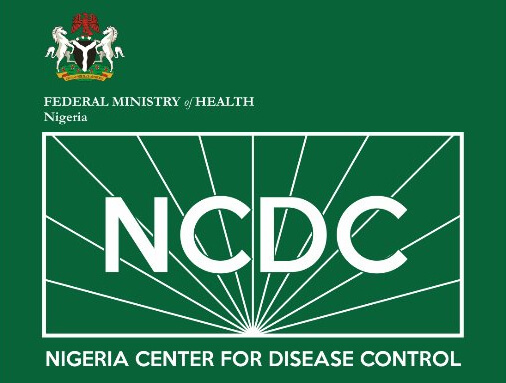The Nigeria Centre for Disease Control and Prevention (NCDC) has confirmed a total of 1,025 Lassa fever cases and 174 deaths between January 1 and October 6, 2024. These cases were recorded out of 8,484 suspected cases across 28 states and 128 local government areas throughout the country.
According to the NCDC’s Lassa fever situation report for week 40, the Case Fatality Rate (CFR) stands at 17.0%, meaning that 17 out of every 100 people diagnosed with the illness did not survive. This CFR remains consistent with the figures reported during the same period in 2023.
Lassa fever is a viral illness caused by the Lassa virus, which belongs to the arenavirus family. The World Health Organization (WHO) states that the virus is transmitted to humans through exposure to food or household items that have been contaminated by the urine or feces of infected Mastomys rats. These rats are common in West Africa, where the disease is endemic.
Countries where Lassa fever is commonly found include Nigeria, Benin, Ghana, Guinea, Liberia, Mali, Sierra Leone, and Togo. The WHO also warned that person-to-person transmission of Lassa fever can occur, particularly in healthcare settings where proper infection prevention measures are not in place.
The report from NCDC highlighted that in epidemiology week 40, the number of newly confirmed cases dropped to seven, compared to nine cases in the previous week. These new cases were reported from Ondo and Edo states.
Throughout 2024, 68% of all confirmed Lassa fever cases were reported from Ondo, Edo, and Bauchi states. Specifically, Ondo accounted for 28% of cases, Edo for 23%, and Bauchi for 17%. The remaining 32% of cases were spread across 25 other states.
The report further revealed that the most affected age group is between 31 and 40 years old, with the median age of infected individuals being 32 years. The ratio of male to female cases is equal, indicating that the virus impacts both genders equally.
In response to the outbreak, the National Lassa fever multi-partner, multi-sectoral Technical Working Group continues to oversee and coordinate the response efforts at all levels.
These activities are aimed at controlling the spread of the virus and ensuring that adequate care is provided to those affected. The NCDC remains vigilant in monitoring the situation and providing regular updates to the public.










